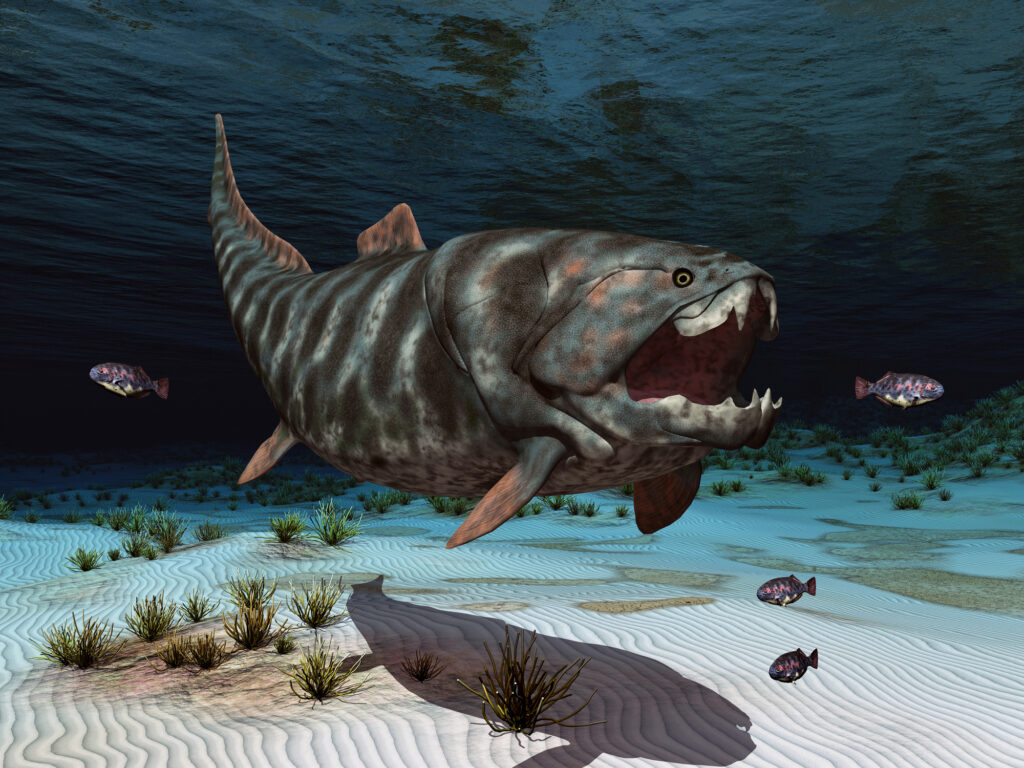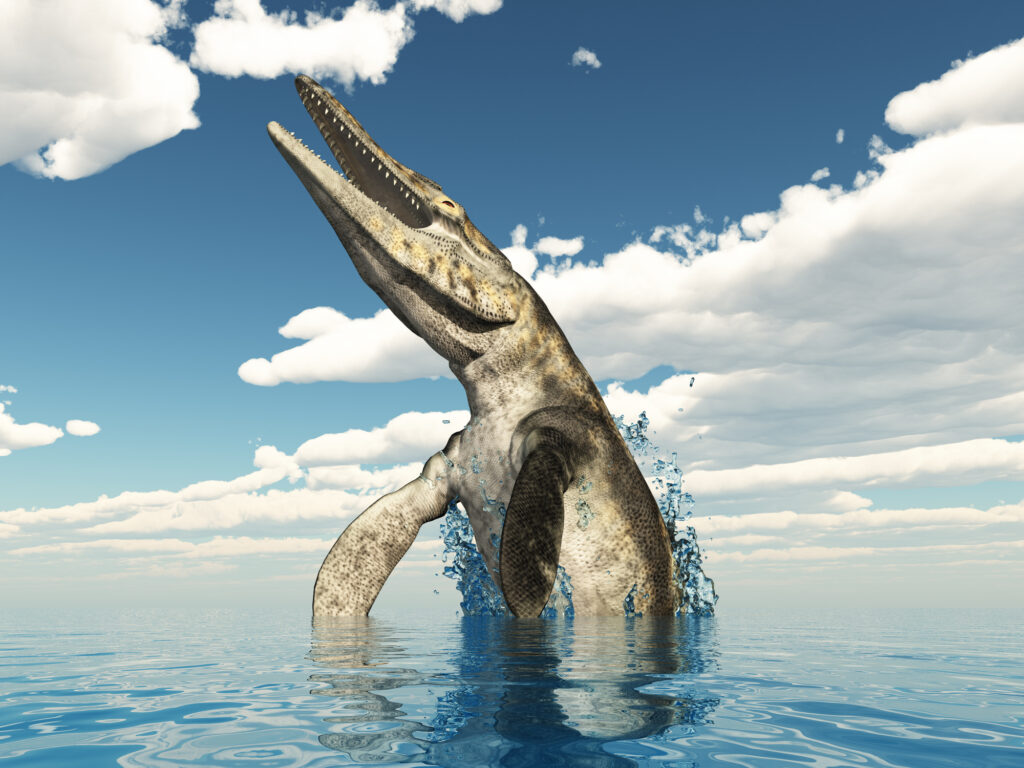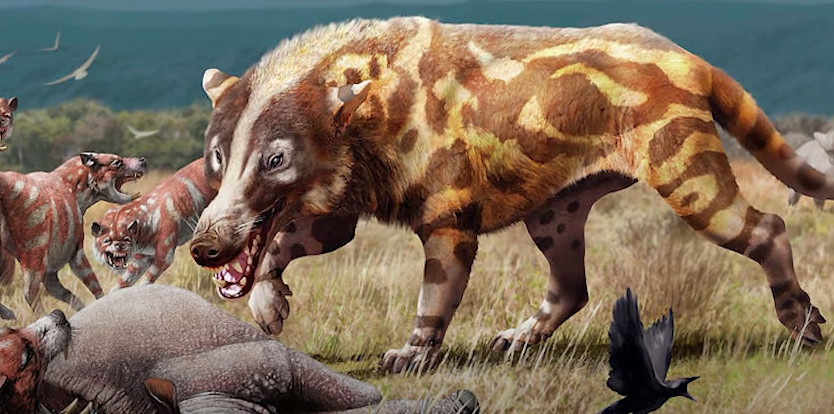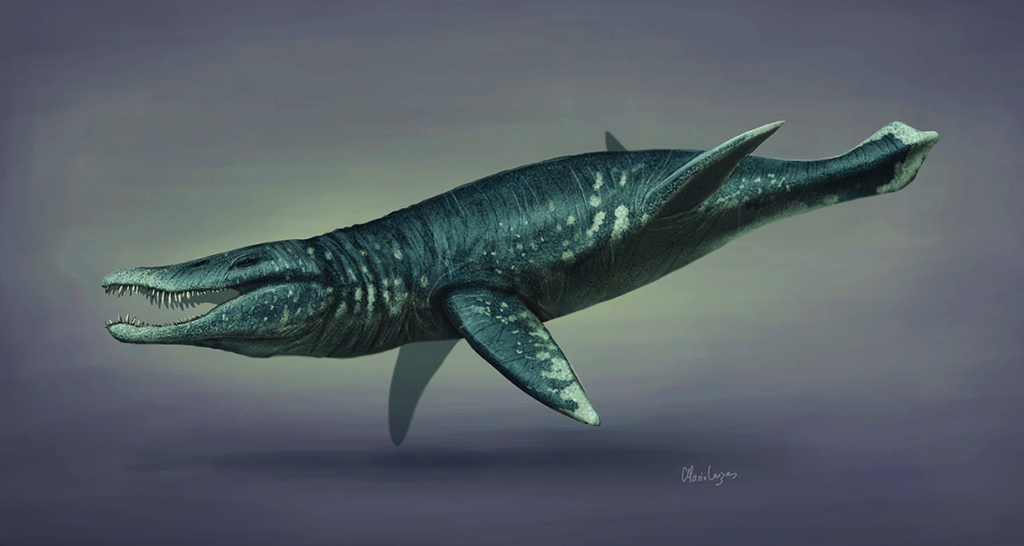Megalodon, the giant, ferocious shark that once ruled the oceans, was a true apex predator. But the seas have always been a battleground, with other sea creatures ready to challenge even the mightiest of kings. Though the Megalodon has long since vanished, its rivals still captivate us. These ocean titans not only lived alongside this monstrous shark, but some even managed to put up a fight, potentially contributing to its downfall. Let’s dive into the oceanic world of these colossal creatures that stood their ground against the Megalodon.
1. Livyatan Melvillei – The Ultimate Whale Predator

YouTube
The Megalodon may have been the top predator in its time, but it had fierce competition in the form of Livyatan melvillei, a massive prehistoric sperm whale. This whale was no gentle giant – it was a ruthless predator equipped with teeth the size of modern-day swords. The size and strength of Livyatan’s jaws allowed it to prey on other marine creatures, including sharks. It’s believed that Livyatan and Megalodon might have clashed in the waters, with the whale’s power and size making it a formidable rival. With skulls found that show evidence of shark bite marks, we can only imagine the ferocious battles between these two ocean titans.
2. Dunkleosteus – The Armored Beast

iStock/MR1805
Living long before the Megalodon, the Dunkleosteus was a massive fish that dominated the oceans during the Late Devonian period. Despite its extinction around 358 million years ago, its terrifying presence is hard to ignore. Dunkleosteus was a heavily armored fish that reached lengths of up to 33 feet and boasted jaw plates strong enough to crush the bones of its prey. This creature could easily take down smaller sharks, including species similar to the ancestors of Megalodon. Though it didn’t directly compete with Megalodon, its role as an early ocean giant set the stage for the kinds of predators that would one day challenge sharks like Megalodon.
3. Tylosaurus – The Marine Reptile with Bite

iStock/MR1805
The Tylosaurus was a large marine reptile that roamed the oceans during the Late Cretaceous period. Though not a dinosaur, this apex predator was more than capable of going head-to-head with sharks. Tylosaurus had a long, snakelike body, combined with powerful jaws filled with teeth designed to snag and devour marine life. It could have posed a significant threat to the Megalodon’s younger or smaller counterparts. Tylosaurus’s agility and ability to navigate various ocean environments made it a highly adaptable hunter, and it likely hunted the same prey that the Megalodon did, which could have created direct competition between the two.
4. Andrewsarchus – A Land-Based Threat with a Taste for the Sea

YouTube
Andrewsarchus, though not a marine animal, deserves a mention for being one of the land-based creatures that likely competed for similar resources to Megalodon’s prey. Known as the largest carnivorous mammal of its time, Andrewsarchus hunted on land and could have posed a challenge to marine ecosystems by preying on coastal animals or scavenging carcasses from the sea. Though it didn’t share the same habitat as the Megalodon, its large size and fearsome hunting abilities could have contributed to altering the balance of marine life, which affected the food web that Megalodon relied on.
5. Pliosaurus Funkei – The “Super Predator” of the Seas

Wikimedia Commons
Another marine reptile that lived during the Jurassic period, the Pliosaurus funkei was a terrifying apex predator that likely rivaled the Megalodon in terms of sheer size and ferocity. This massive creature had a head that was nearly one-third of its body length and teeth that could rival the power of the Megalodon’s bite. While Pliosaurus funkei existed millions of years before the Megalodon, its size and hunting strategies would have been similar to those of later ocean predators. It’s easy to imagine a sea battle between these two giants, with the Pliosaurus potentially taking down large prey that might otherwise have been within the Megalodon’s reach.
6. Megalodon’s Legacy: The Great White Shark

Wikimedia Commons
While Megalodon is often associated with being a lone ocean giant, the Great White Shark is its living relative and, in some ways, its modern-day rival. The Great White is the largest predatory shark in the world today, and it’s believed that it may have taken over some of the Megalodon’s niche when it disappeared around 2.6 million years ago. Though not nearly as large as the Megalodon, the Great White’s relentless predation skills and strength have allowed it to become the apex predator in modern oceans. It doesn’t face competition from other giant sharks, but it’s a reminder that the legacy of oceanic predators continues, even without Megalodon’s enormous presence.
These colossal creatures showcase the fierce competition that existed in prehistoric oceans, where only the strongest survived. Whether battling for food, territory, or dominance, these ocean titans were more than capable of challenging Megalodon’s reign. And while Megalodon has long since gone extinct, its rivals still capture the imagination, showing that the ocean has always been home to some truly remarkable creatures.


